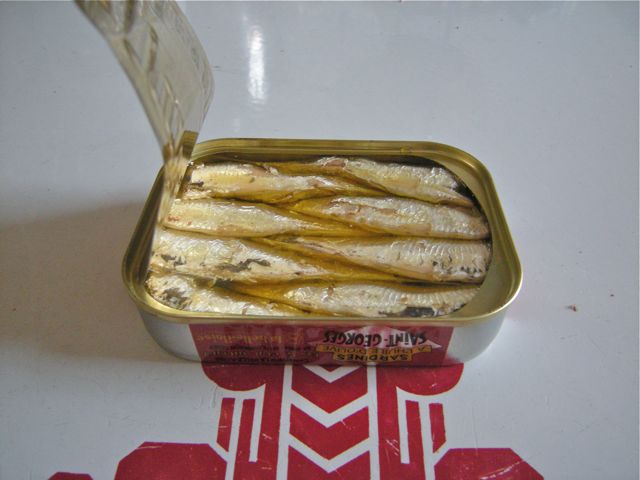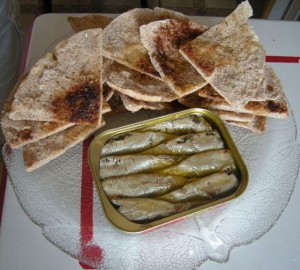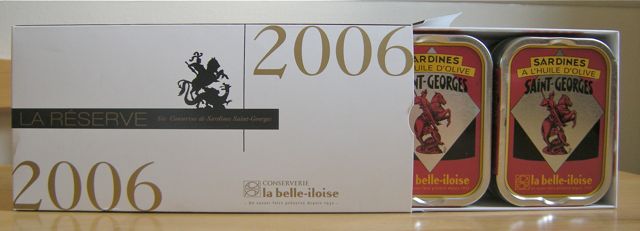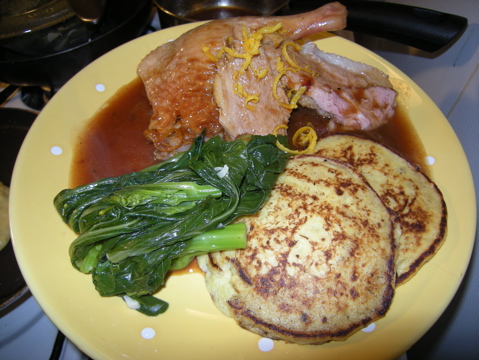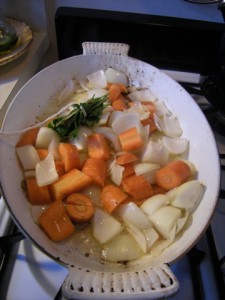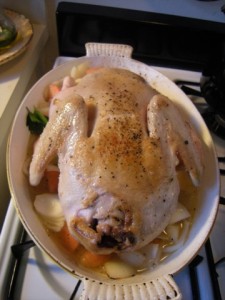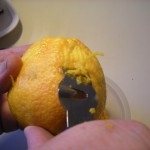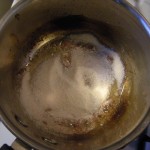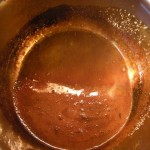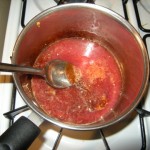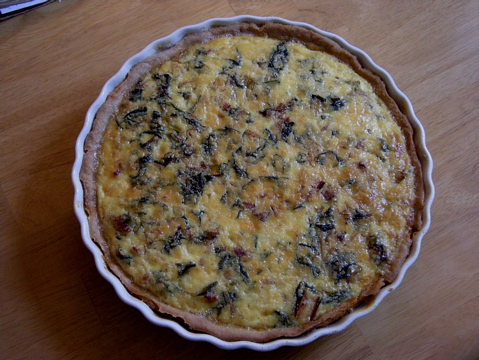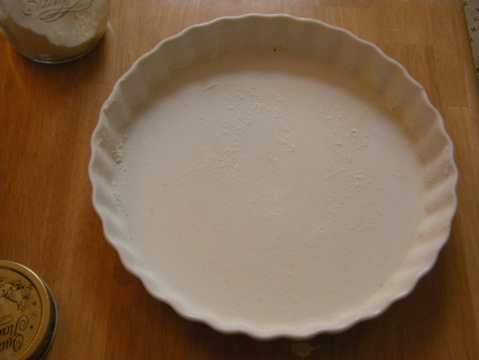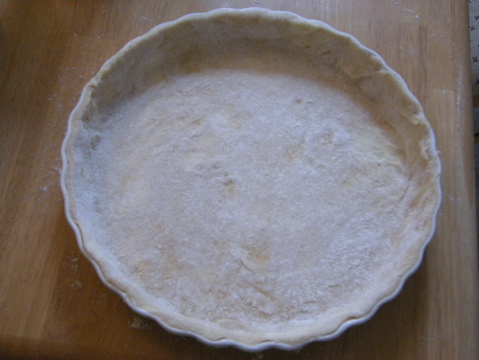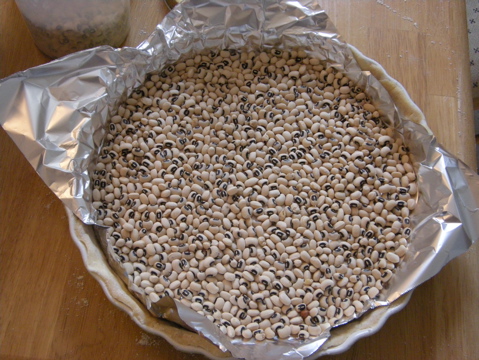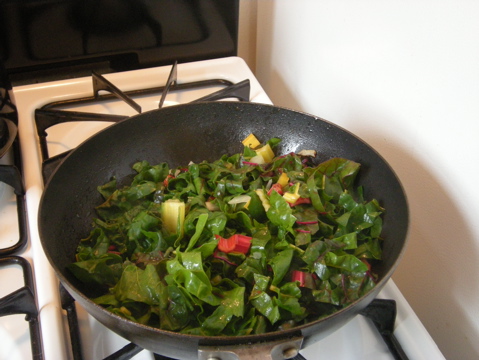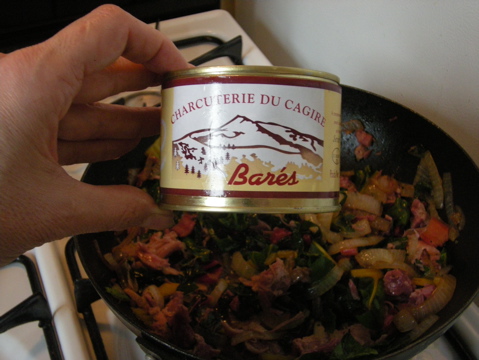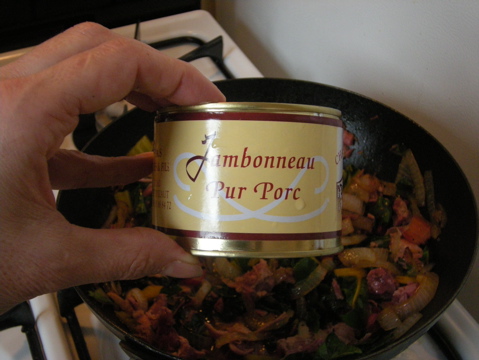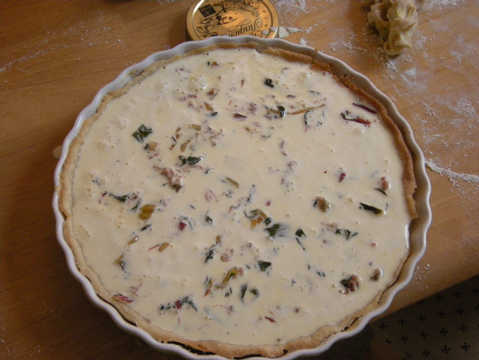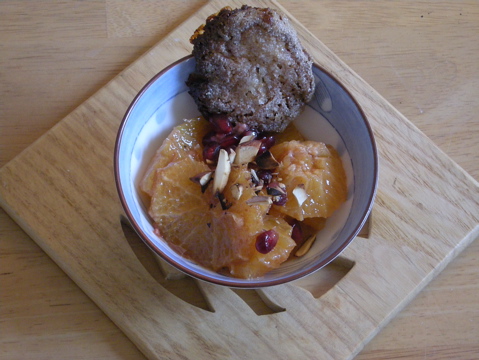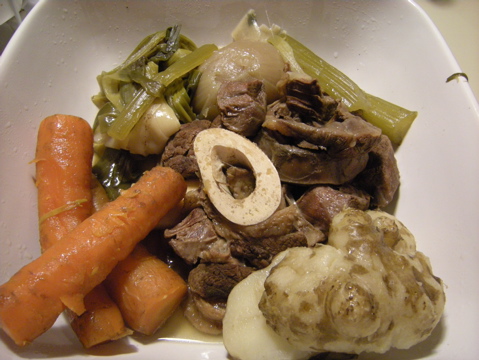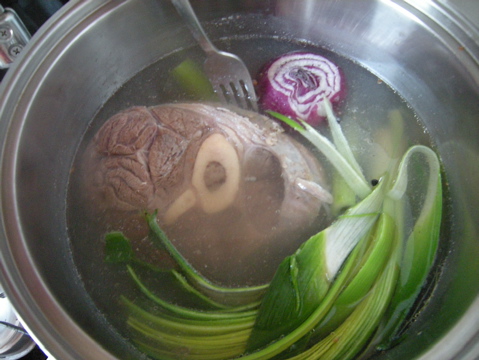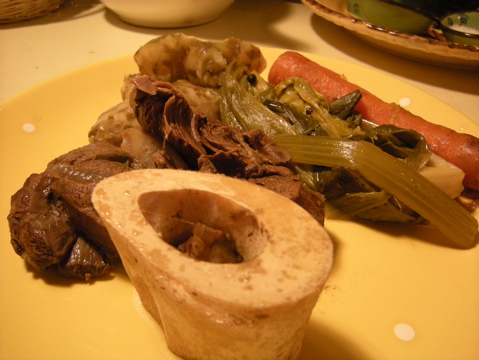Encore des sardines! First came the sardine tartine blog, were I mentioned that King Henri IV loved sardines and introduced them to the court; then came the sardine paté at the 5c café performance; and on Friday our friend Claire arrived from Brittany with a boxed set of a 6 cans Saint-Georges sardines “La Reserve” 2006. Like wine, great sardines improve with time. Sardines millesimées, or vintage sardines, can be kept for up to 10 years. Cans need to be turned over every 6 months so they are equally bathed in oil. I decided not to wait 7 years to try them as I am too curious & have never had “vintage” sardines before.
Claire and her family are true sardine aficionados so I knew it was going to be good. In fact it was a crescendo of goodness. It started out when pulling up the tin ring and discovering the silvery little fishes perfectly aligned while resting in fragrant & subtle golden extra virgin olive oil. Then the smell trapped in the can quickly revealed a fresh ocean breeze. So inviting! My daughter-in-law prepared some spiced pita bread, and it proved to be a perfect support, though I grabbed my first vintage sardine with my fingers and put it whole in my mouth. The dainty fish flesh sent out 3D emotions to my neurons, and these were indeed the best sardines I ever had. I sure will not make sardines paté with these — too good, too beautiful to do anything to them but eat them whole.
A word about the can factory:
La Belle Iloise is a family affair. The company was created in 1932 by Georges Hilliet, thus the naming of the sardines: Saint Georges. His grandson Bernard Hilliet is still running the factory and his daughter is scheduled to continue the tradition and take over the operations in a few years. The factory is located in Quiberon. They operate their own retail stores and that is why they were able to survive. When mass distribution set in, they decided to cut out the middle man and operate their own stores. They have several of them where they sell their various products. I have tried only the sardines but according to Claire it is all good. All this info is available on their (french only) website.
We ate the sardines while watching the soccer game USA-Brasil. USA lost honorably but for me the sardines where definitely the highlight of the day. Joseph (my elder son) complemented the special sardines with a pleasant iced cold Lalande chardonnay from Gascony. We ate 2 cans, I gave one to Joseph and will save the other 3 for a couple of years. Stay tuned — I’ll report. Meanwhile: vive les sardines!
